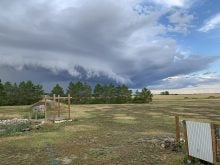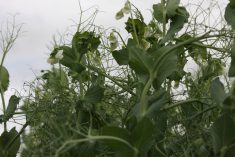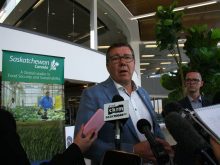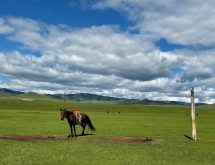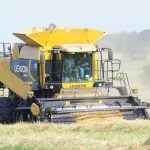Neil Peacock, who farms in Alberta’s Peace River region, questions the adequacy of agricultural safety net programs.
All across the Prairies, farmers are facing severe weather circumstances. In the southern parts of Alberta and Saskatchewan, farmers are facing the effects of excessive moisture. In the Alberta and B.C. Peace region, farmers are feeling the effects of a drought that is not three years in the making as reported, but actually going on for close to 12 years.
This year’s drought in the Peace region has been the worst because all of the subsoil moisture is depleted due to declining rainfall from previous years. The only grasses or pastures doing anything close to well are those with deep roots, such as alfalfa. People who have switched to intensive grazing have also fared better.
Read Also
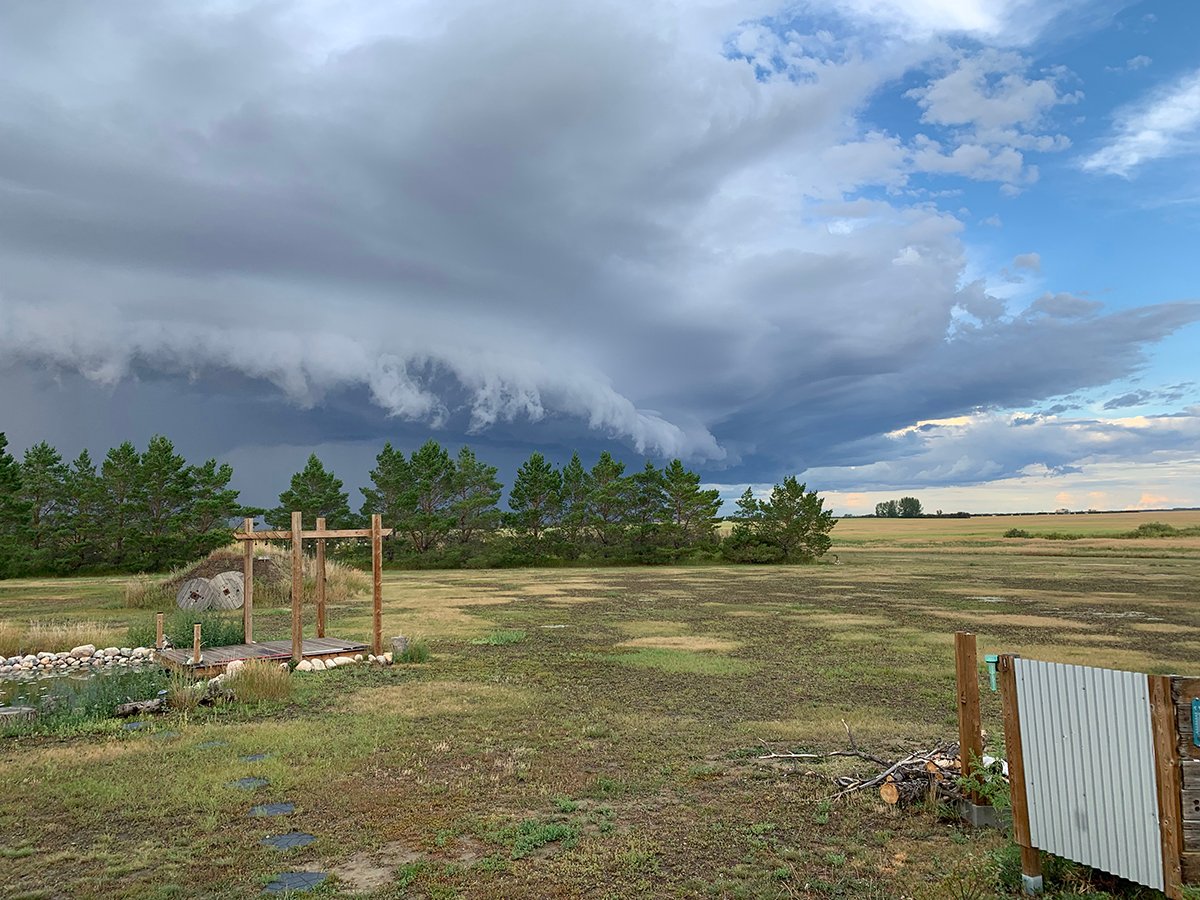
Storm dynamics and extreme rainfall
Besides moisture, instability and orographic lift, the next biggest factor that contributes to heavy or extreme rainfall is storm dynamics.
There has been a steady decline in livestock numbers since 2003. Statistics Canada recently released its data on the decline. I believe the decline in cattle numbers has been worse than data suggests. I, for one, have never been asked about my cattle numbers.
Last year, I sold a third of my mother cows plus all of my calves. No replacements were kept due to the drought and gouging on feed prices. If it wasn’t for a neighbour who let me bale his straw, I would have had to exit the cattle business. By the way, I am glad there are still people who do not base their decisions on opportunism, but on honour.
This year I will be forced to sell additional mother cows and the calf crop with no replacements. All of the income generated from those sales will go to feed the remaining herd. So, it looks like year two with no income.
In 2003, I had a larger number of cows and ewes. In 2010, I have a substantially reduced herd of cows and will have to reduce further. I have no ewes left, they are all gone. I also had to reduce the horse herd. Only a handful of horses remain, and with the new regulations it is difficult to market them.
In talking with cattle buyers and auction houses, my understanding is that in the Alberta and B.C. Peace region, the estimates are that 30 percent of the cattle are gone and the land has been sold. Most of the land sold, I have been told, has gone to corporations and foreign investors.
The relief package announced by the federal government is a joke at $50 per head for last year’s fed cattle.
Let me put that in perspective for you. I required 450 bales to feed my cattle, which I had to buy. A good sum of those were the straw bales that my neighbour allowed me to bale for a reasonable price. I needed additional bales to feed my cows.
The price of bales varied, of course, but an average price was $45.
The relief package announced by the federal government (if I was eligible and I am not) would have netted me $1,900. What a joke.
Feed was costing me $60 a day. In terms of feed costs, the announced aid package was basically one month of feed. Last year, I had to start feeding in July. This year, I am spending $1,000 a month renting pasture because mine have long given out due to the continued drought.
Statistics Canada official numbers for the decline of cattle are 5.6 percent for Alberta and Manitoba, 6.3 percent in Saskatchewan, and seven percent in B.C. The number of family farms left in the West raising cattle is down 3.5 percent to 99,026 farms.
The sale catalogues in the region are as thick as a small phone book and the majority is cattle operations. If the trend continues, there will only be very large operations and very small farmers, with nothing in between.
The affected areas need help but it is doubtful they will receive it. We are not important to the main parties in Ottawa or Edmonton. The governing Tories, both provincial and federally, view the seats safe and no aid will come. The other parties view the seats unwinnable, so will likewise put no effort into helping.
They will fiddle with gun registry and other side issues. All the while, we bleed to death financially.
The causes of this financial hardship are not only the drought, but severely depressed prices for livestock from a sector dominated by two players who have a captive supply of livestock as well as a captive market. The National Farmers Union cattle report clearly outlined the issues, and like the Easter report, it continues to be ignored.
The drought has succeeded where government regulations, bureaucracy and inaction could not succeed – driving farmers from the land.
Farmers in the affected areas need financial help. AgriStability does not work. It is based on the assumption that you will only have one bad year and here we have already had 12.
I have never qualified because of it. Many other farmers are in the same situation. Farmers need immediate aid and the aid needs to be $500 per mother cow and replacement stock.
Furthermore, the aid needs to be immediate and certain, and a total federal initiative without provincial participation. The last package the Alberta government used forced farmers into signing onto age verification to qualify.
We can continue to pretend there isn’t a problem and we can continue to pretend AgriStability is the catchall, or we can act.


